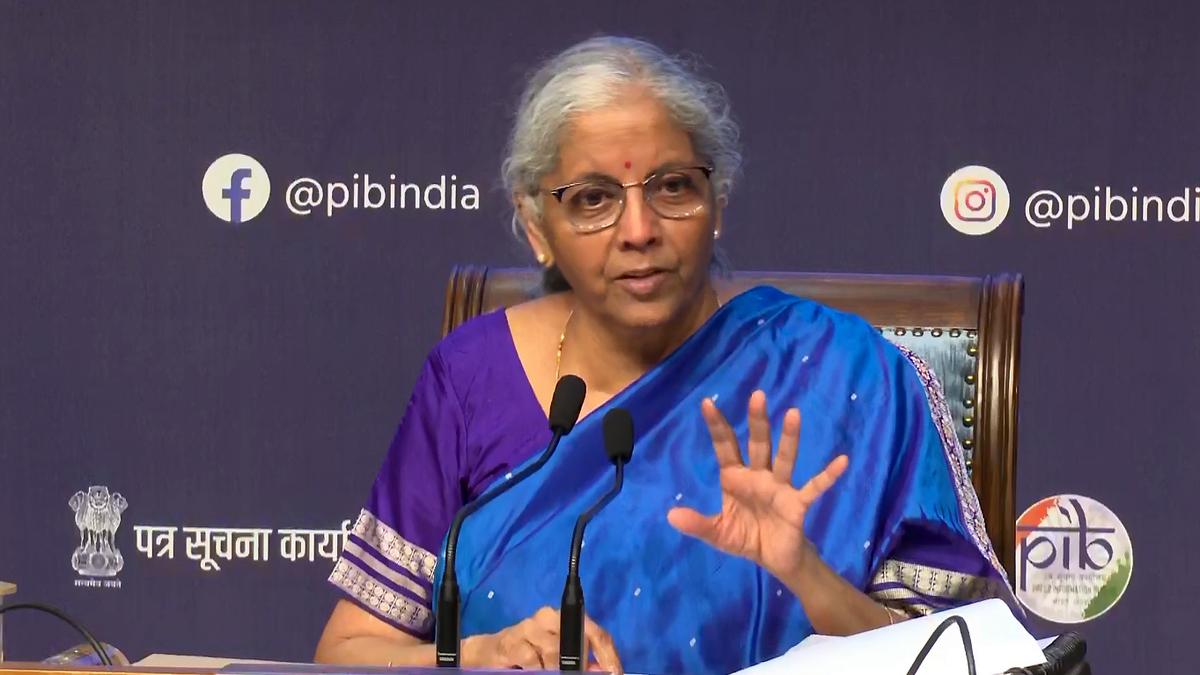Now Reading: GST Council Greenlights Dual-Tax Slab from September 22
-
01
GST Council Greenlights Dual-Tax Slab from September 22
GST Council Greenlights Dual-Tax Slab from September 22

Speedy Summary:
- The 56th GST Council meeting, chaired by Union Finance Minister Nirmala Sitharaman on September 3, 2025, approved a revamped two-rate GST structure proposed by the Central government.
- Changes include the removal of the 12% and 28% slabs while retaining the existing 5% and 18% rates alongside a new rate of 40%. The Compensation Cess will also be eliminated.
- Reforms focus on reducing GST rates for household goods used by the middle class and common man, such as hair oil, soap bars, shampoo, tableware/kitchenware items, bicycles, toothpaste/toothbrushes-most now under a reduced rate of 5%.
- Labor-intensive industries like farming and agriculture are set to benefit. Rates related to health sectors have also been adjusted for public advantage.
- New rates will come into effect starting September 22, 2025.
- Finance Ministers from states like Himachal Pradesh, Punjab, Kerala drafted concerns over revenue shortfalls due to tax cuts; proposals for revenue protection were discussed during the meeting.
- Telugu Desam Party expressed full support for reforms citing benefits to the common man.
Indian Opinion Analysis:
The move toward simplifying GST into a two-rate structure aims at streamlining India’s indirect tax framework while prioritizing affordability on daily essentials and aspirational goods. This demonstrates an intent to address economic equity issues within sectors impacting middle-class families.Targeted reductions for health-related goods could likewise bolster public welfare.
However, concerns from several state governments about revenue losses underline potential challenges in cooperative federalism inherent in implementing such reforms. Questions remain on whether adequate financial provisions or compensatory mechanisms will be introduced to reassure states reliant on consistent tax inflows.
Overall success could hinge upon balancing affordability with fiscal sustainability-critical trade-offs within India’s diverse federal structure that requires thorough consultation among stakeholders.
For read more click here.























